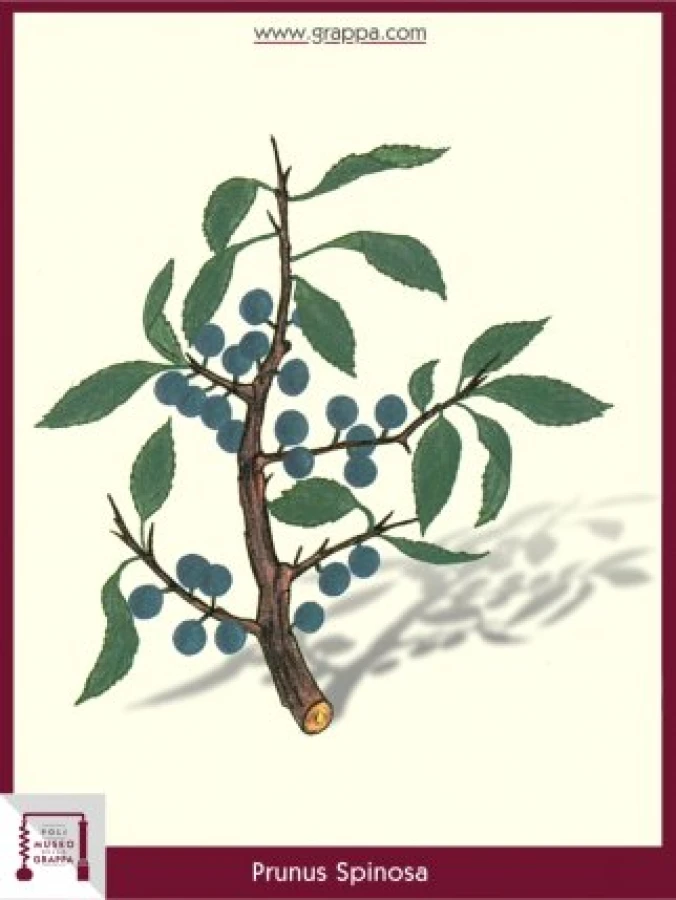Prunello of Burgundy
Blackthorn, Sloe
Prunello of Burgundy
Plant:
Blackthorn, Sloe
Plant Part:
fruit
Plant Properties:
astringent, diuretic, purifying, tonic, febrifugal, laxative
Description:
In Provence you can obtain a very appreciated liqueur from the wild plum, which is produced by the fermentation of the fruits, harvested only after the first frost, when their flesh is rich in sugar.
The blackthorn has little fruits but produces a sweet violet juice. When it is mixed with some sugar you get a pleasant and refreshing syrup, sometimes also used as astringent in popular medicine.
The same fruit can also be used to flavor Grappa.
Ingredients:
First liqueur:
- 1 liter of Grappa
- two handful fruits of the blackthorn
- a few tablespoons of sugar
Second liqueur:
- 500 g fruits of the blackthorn
- 1 liter of Grappa
- some cinnamon
- 400 g of sugar
Preparation:
The first Grappa, which resembles a plum brandy, is obtained by pouring two handful fruits and a few tablespoons of sugar into a liter of Grappa and is pickled for three months in the sun and then left to age for three months.
For the second one 500 g of fruits (as well as some stones, giving a slight taste of bitter almonds) are mixed with one liter of Grappa and some cinnamon.
After 60 days everything is mixed with 400 g of sugar and the mixture is simmered for about an hour on a low flame until everything has been mixed well.
This last Grappa, which has a moderate alcohol content, reminds in the taste of a very well-known french liqueur called "Prunello of Burgundy".


